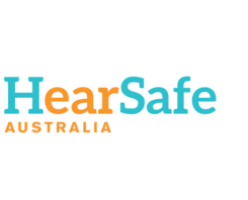Noise-induced (NIHL) hearing loss is one of the most common causes of permanent hearing damage and can occur immediately following a sudden, explosive noise or occur gradually over time. For instance, if you’ve worked in a sector that is prone to high levels of noise for a significant amount of time, the lengthy exposure can also cause damage or NIHL.
For many industries, excessive noise is part of the job, but there are laws and regulations that are essential for PCBU’s (persons conducting a business or undertaking) to adhere to, to reduce the risk of noise-related injury in their workplace.
SafeWork NSW recommends appropriate noise levels should be kept below:
- 50 dB(A) if the work requires high concentration or effortless conversation
- 70 dB(A) if the work is routine, fast-paced and demands attentiveness, or if it is important to carry on conversations
Business owners can reduce noise and hearing damage to employees by making the workplace noise conscious. Workplaces can achieve this by using the quietest machinery available, altering onsite processes, restricting access to areas with noise exposure, isolating the noise where possible and offering employees hearing protection.
Audiometric testing must be undertaken within three months of work commencing and further testing is to be carried out at least every two years.
Employers must also control risks and provide information to workers and customers on noise emission.



